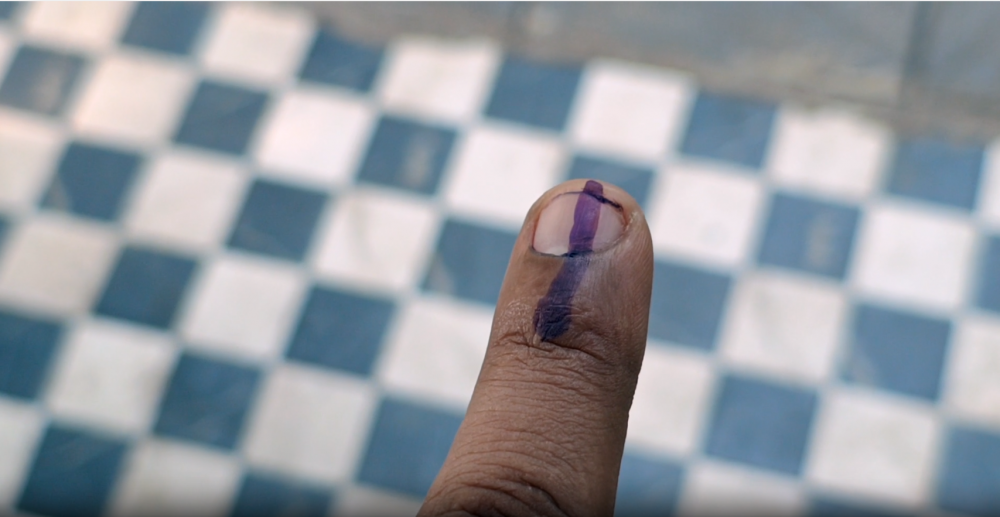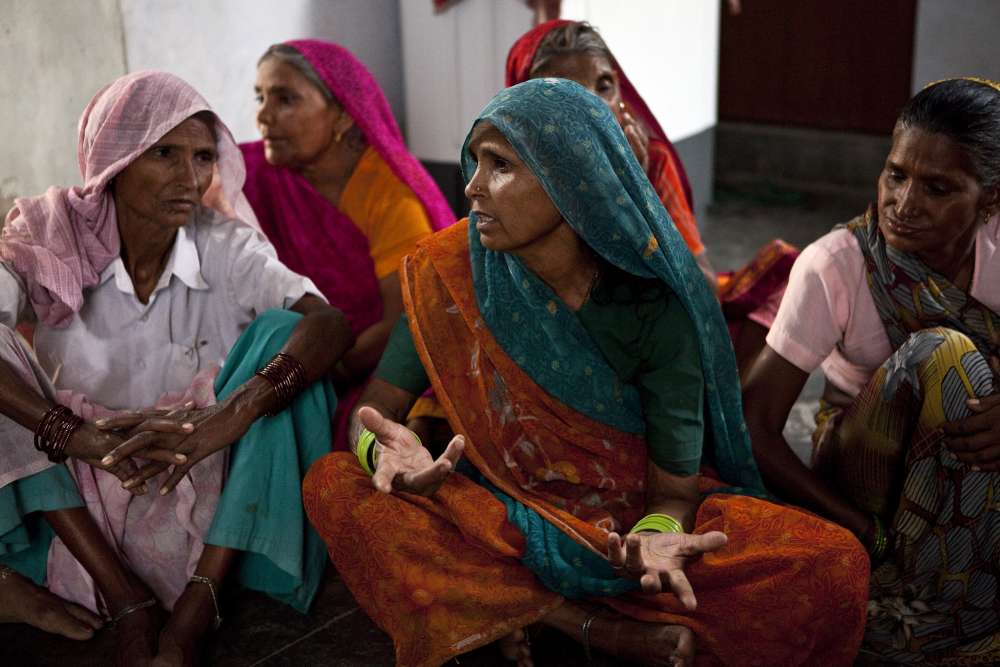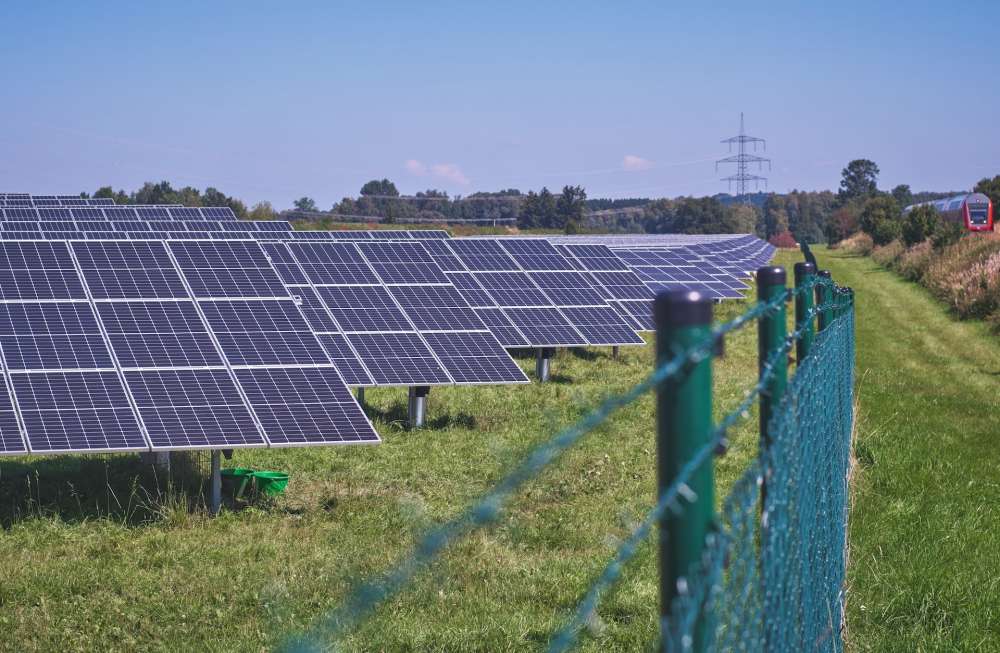Safer Field Research in the Social Sciences

9781529701043
Fieldwork-based research in the social sciences is growing riskier. Our news cycles are riddled with reports of researchers who are threatened, imprisoned or even harmed while in the field. Researchers, supervisors and institutions should come to terms with the serious risks associated with fieldwork missions while at the same time avoiding hindering researchers from collecting data in the field.
To do so, the social sciences need a change of perspective on how to deal with the risks involved with fieldwork-based research. Not all dangerous research is necessary or worthwhile. On the other hand, fieldwork is almost never risk-free. Given the unpredictable nature of some of the risks involved in research, striving for completely safe fieldwork comes at the cost of imposing too many restrictions on researchers’ work. This can result in problematic consequences for knowledge production. However, safer research is possible. Responsible individuals, supervisors and institutions should assess when fieldwork is too risky, understand when the benefits outweigh the costs, and consistently take every measure to keep those involved as safe as possible.
How can the social sciences strike this balance between risk and research? This book advocates for a risk management approach that avoids either putting researchers in harm’s way or limiting the scope of their work. In order to avoid one-size-fits-all restrictions that could limit the pursuit of knowledge, each research project involving fieldwork should conduct a thorough risk assessment and develop mitigation strategies before embarking on a mission.
For more, check out the University of Gothenburg’s SAFEReaserch page.
This book is available in English with SAGE Publishing.







